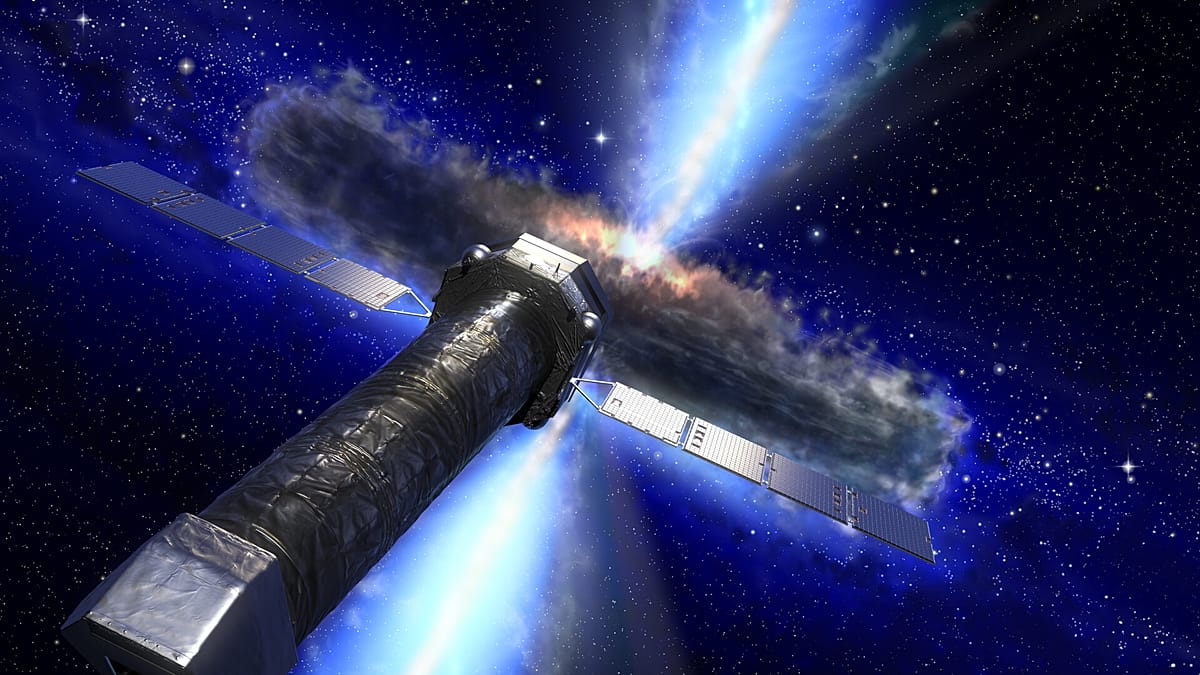The European Space Agency's (ESA) future space observatory, the NewAthena telescope, could detect an unprecedented number of supermassive black holes – some formed when the universe was less than a billion years old.
At least that's the expectation of an international team led by Portuguese researchers who have created a simulated X-ray catalogue of the sky, using cosmological simulations to test NewAthena's ability to detect the faintest and most distant black holes.
Their research was recently publishedin the journal
Continue Reading on Euronews
This preview shows approximately 15% of the article. Read the full story on the publisher's website to support quality journalism.
